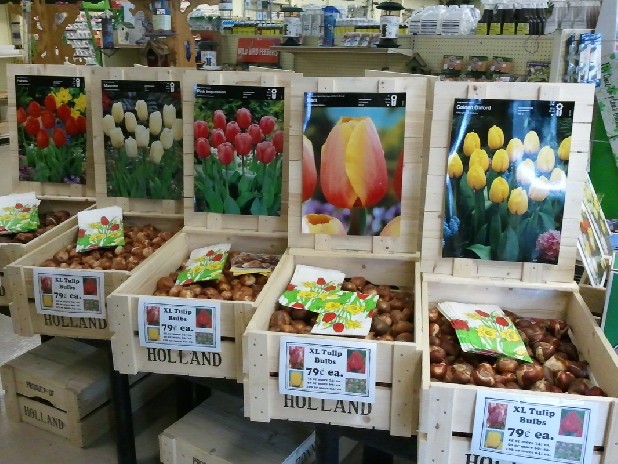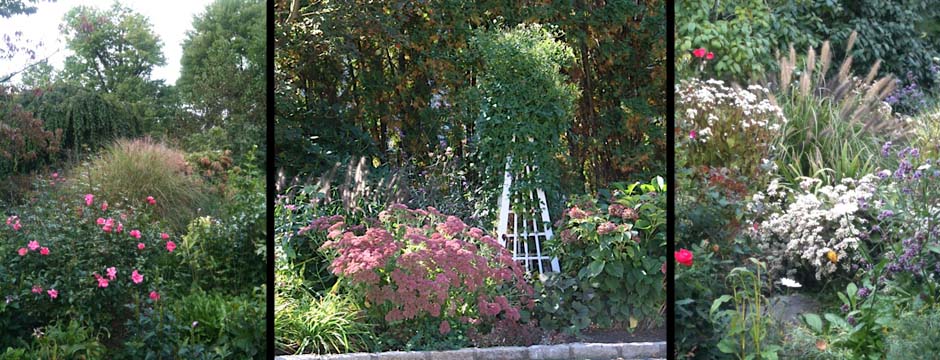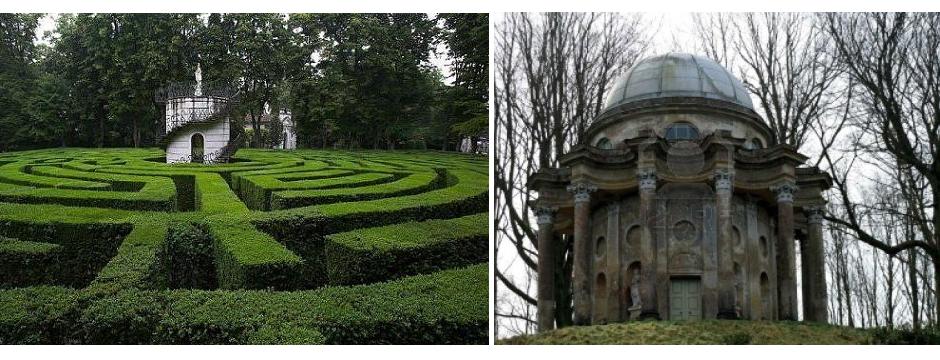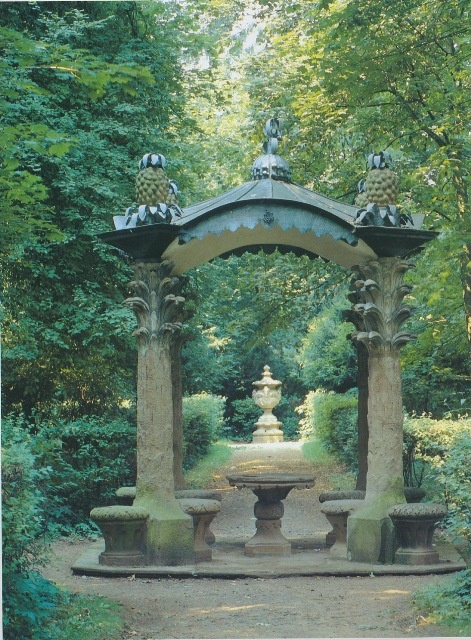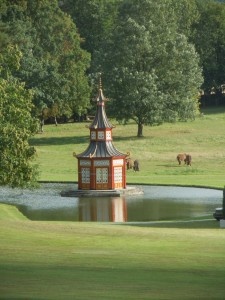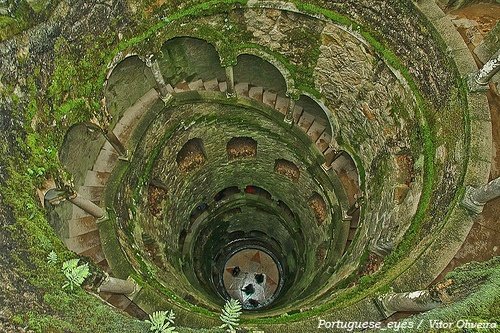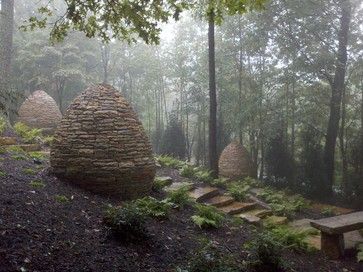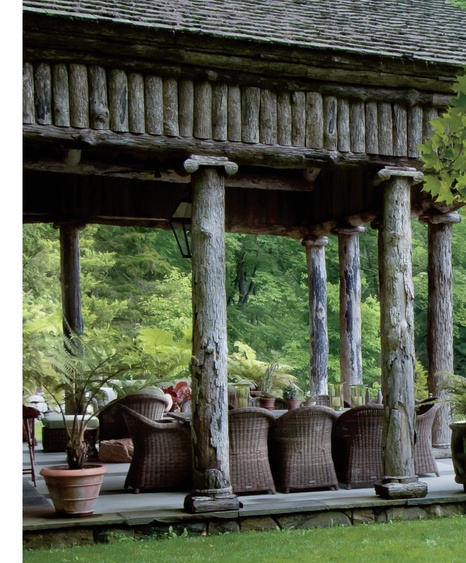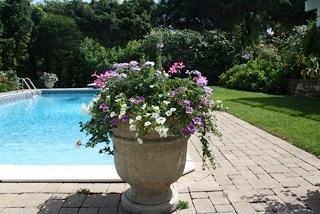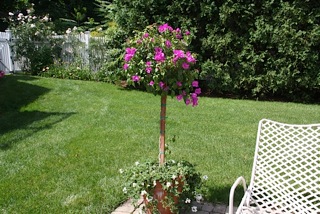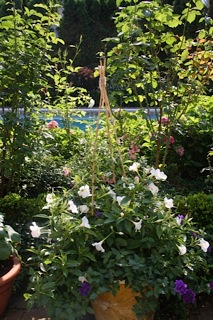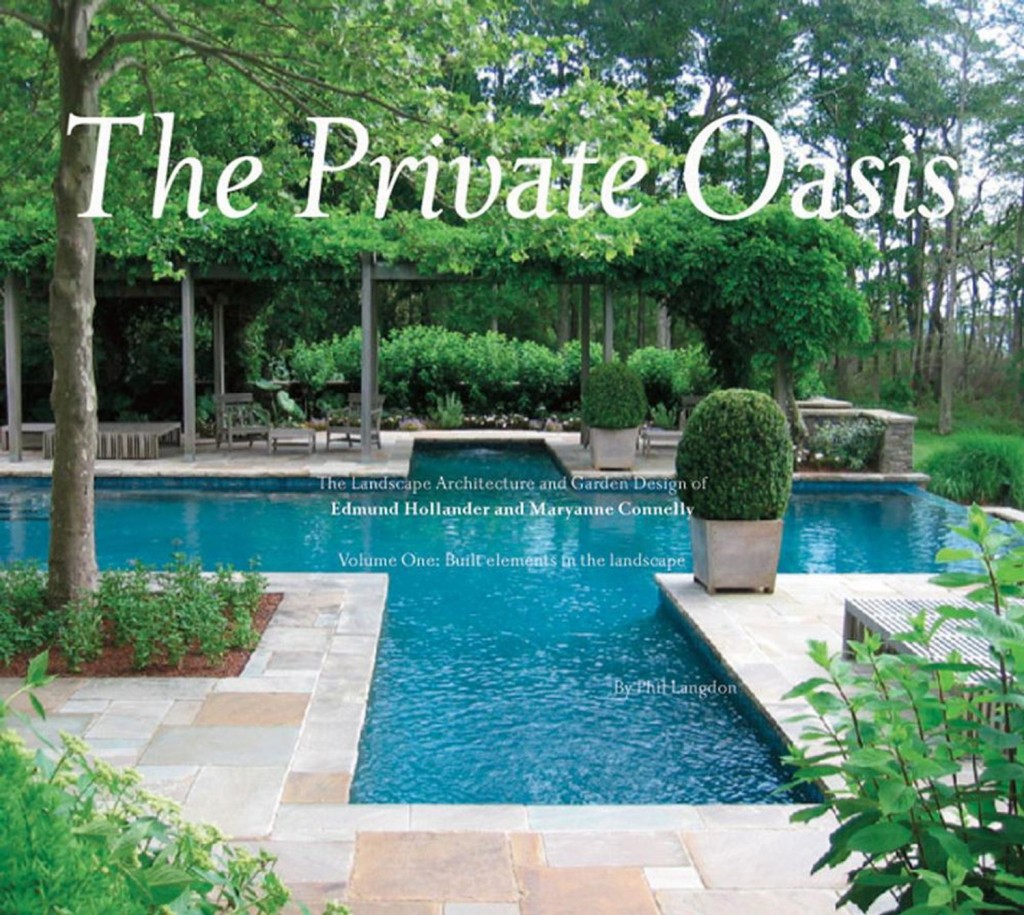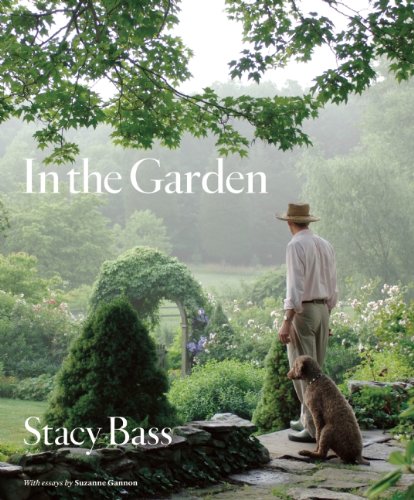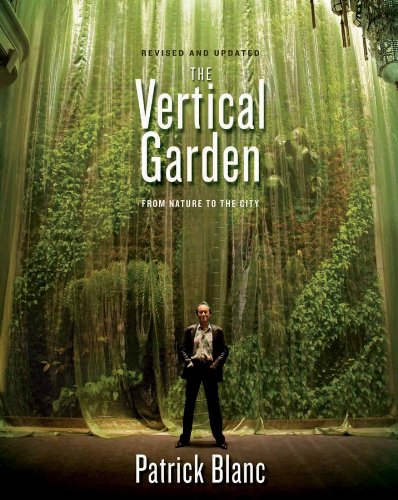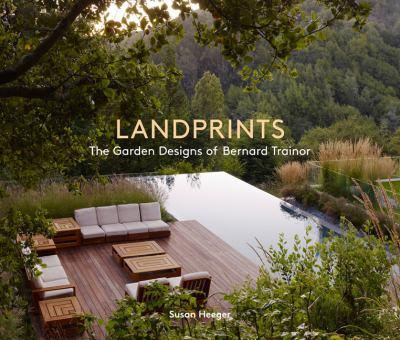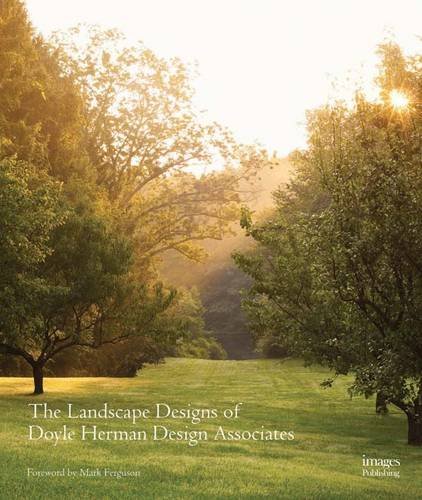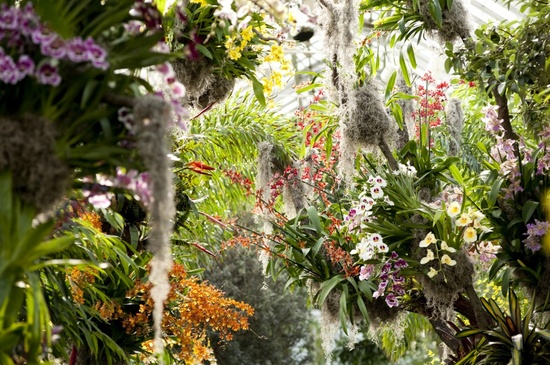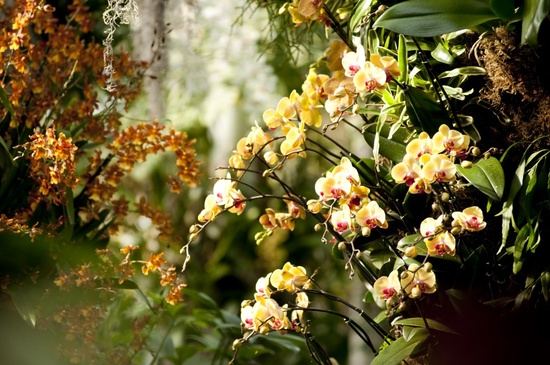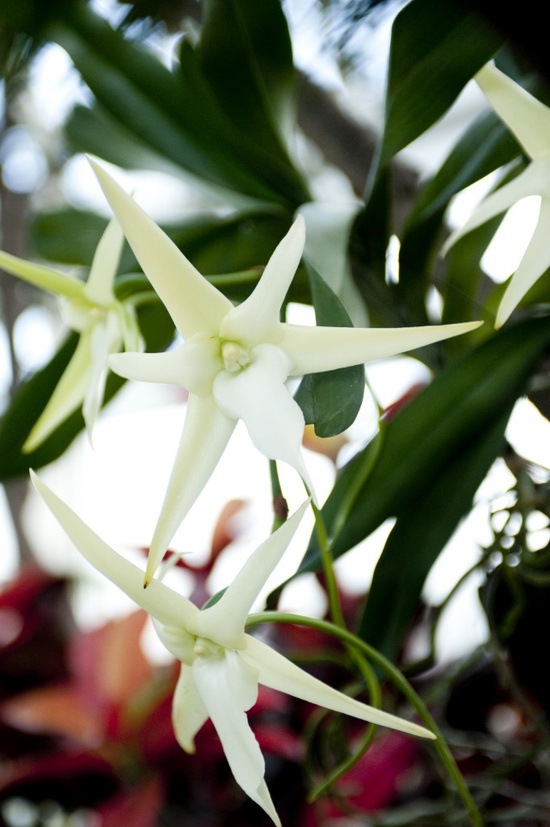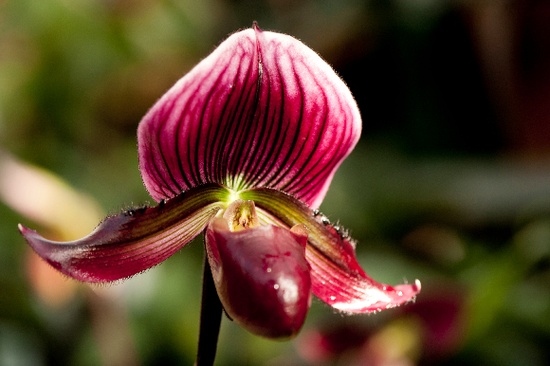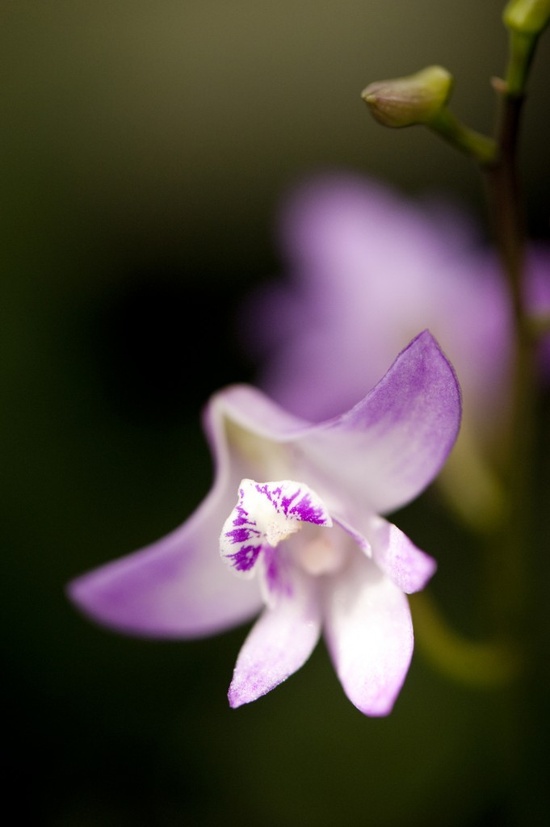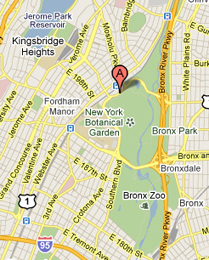This year it was a pleasant surprise to see my gardens showing color longer than usual. The warmer weather has kept the gardens alive. I am not a fall or winter person, but I love to see the trees turn and with the red, pink and orange hues, the gardens take on a whole other dimension. When planting the garden you have to plan so there will be constant color throughout the season. There are quite a few plants that bloom late in the season, adding color to the gardens into the fall.
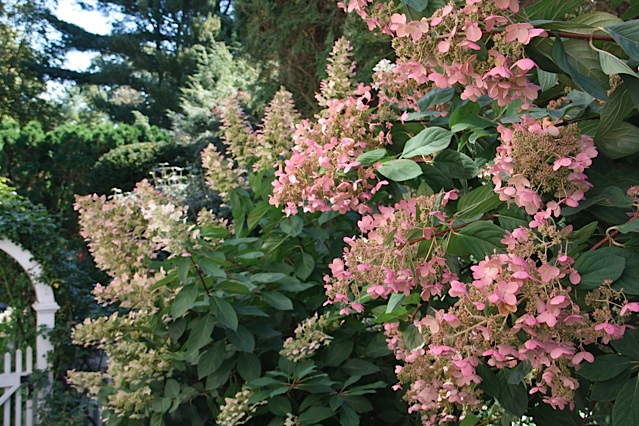
Hydrangea Trees are a wonderful addition to your garden if you have space for them. I have a few different varieties, but one that I love is Hydrangea paniculata “Pink Diamond,” which starts out white and turns a deep pink and is so beautiful this time of year. Other late blooming plants are Chelone “Hot Lips,” a dark green leaf with a pink flower; Chelone “Alba,” which has a white flower, and Anemones “September Charm,” which is a wonderful plant with a delicate light pink flower. I also have Asters, a vibrant light blue plant variety called “Woods Light Blue” that is quite gorgeous. Eupatorium Rugosum “Chocolate” is a variety that has white flowers with chocolate leaves and looks great mixed in a bouquet of roses.
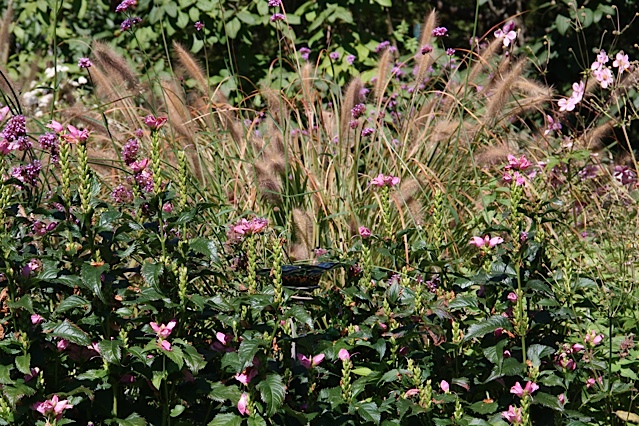
Of course knock out roses and shrub roses will keep going for quite awhile. “Lady Elsie May” is an ever-blooming shrub rose which is great. Dahlias make great cut flowers this time of year. Grasses they are the true beauty of a fall garden, especially when the sun glistens through them and they sway in the breeze. There are so many different varieties to choose from. A few of my favorites are Miscanthus Sinensis “ Morning Light,” Penniseteum Orientle “Karly Rose,” and Panicum V. “Red Switch Grass.” Of course, do not forget the sedums! “Autumn Joy” is my favorite.
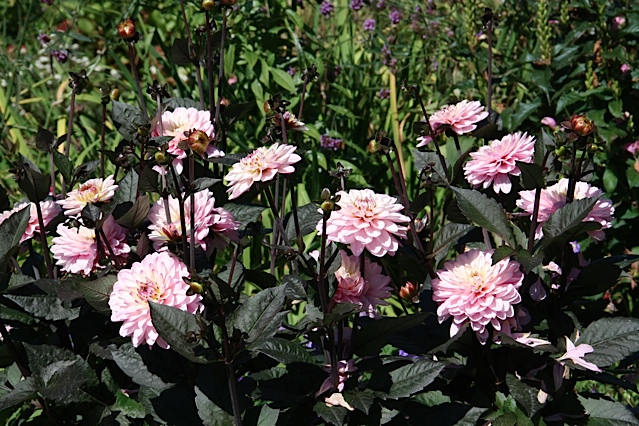
As I write this the gardens are fading and in a few weeks it will be time to get the gardens ready for the winter by cutting back the perennials and cleaning up the beds. If you have any delicate trees or fruit trees, you will want to cover them for the winter. It is also the time to think about next year. Fall is a great time to plant any new plants and shrubs, and to transplant any plants that you want to move or divide. It is also the time to plant bulbs for spring flowers and place a thin layer of mulch down. When this work is done, you’ll have all winter to look forward to new blooms in spring!
